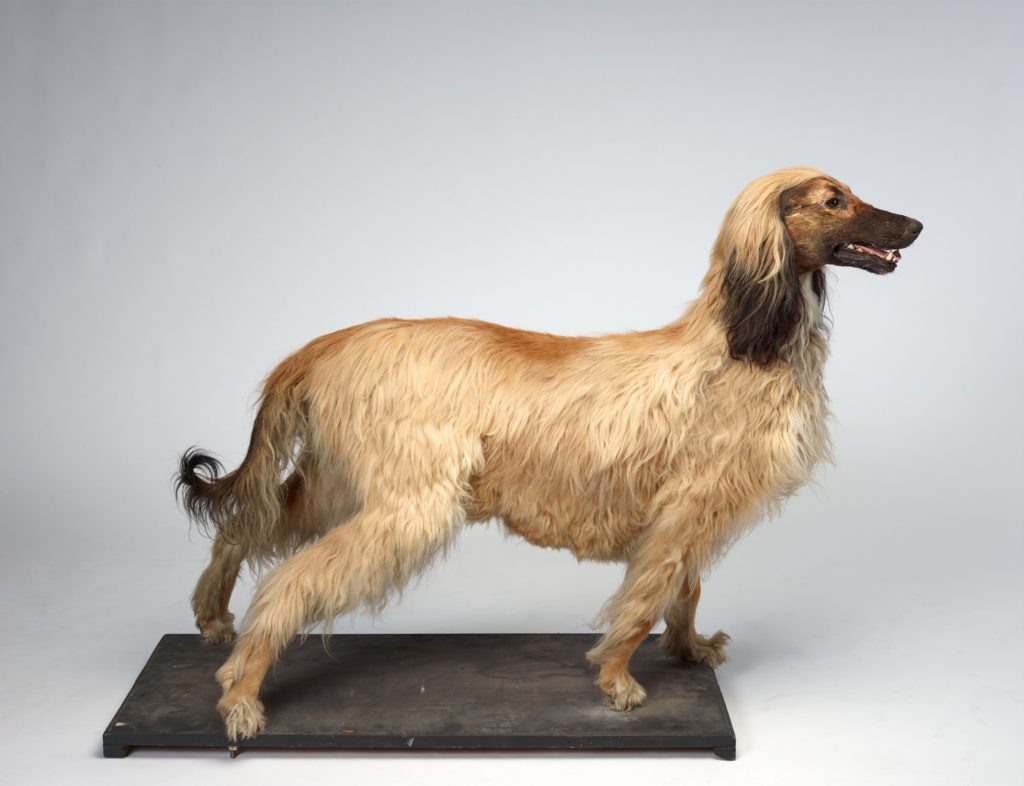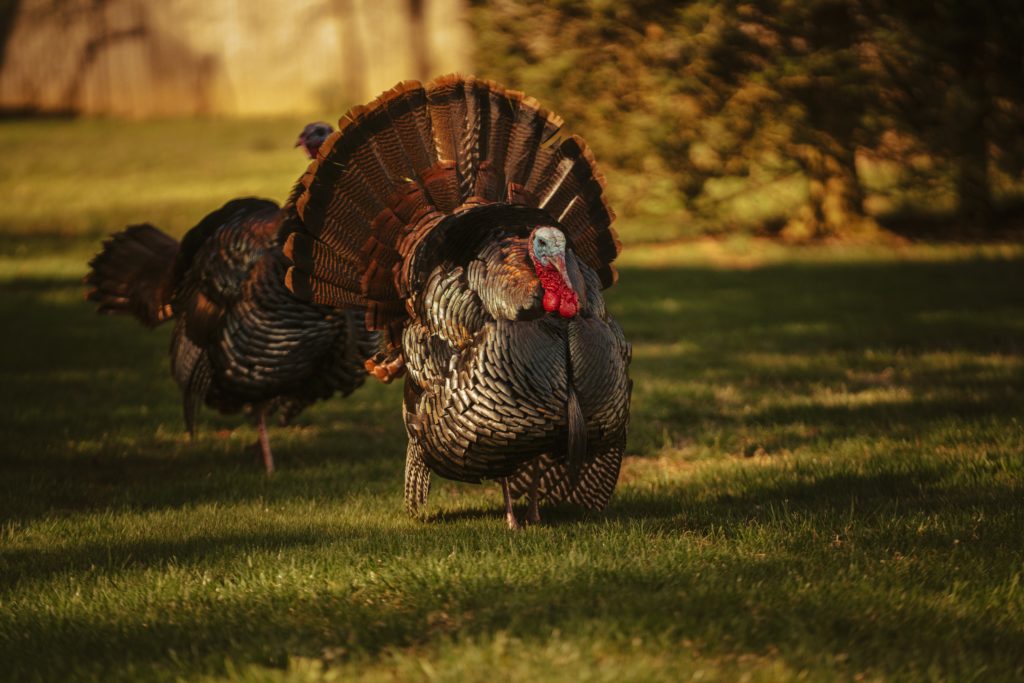How to Choose a Taxidermist
When it comes to preserving the cherished memories of a lost pet or a triumphant hunt, finding the right taxidermist is key, my friends. A true artist can transform your prized trophy into a breathtaking masterpiece, capturing the very essence of that remarkable moment. But hold on tight, because choosing the perfect taxidermist requires a […]
How to Choose a Taxidermist Read More »



